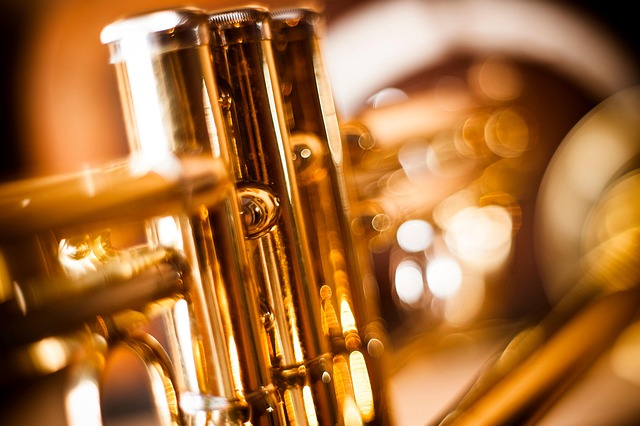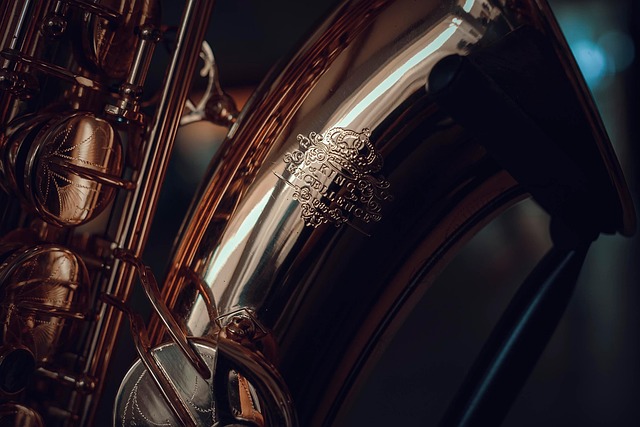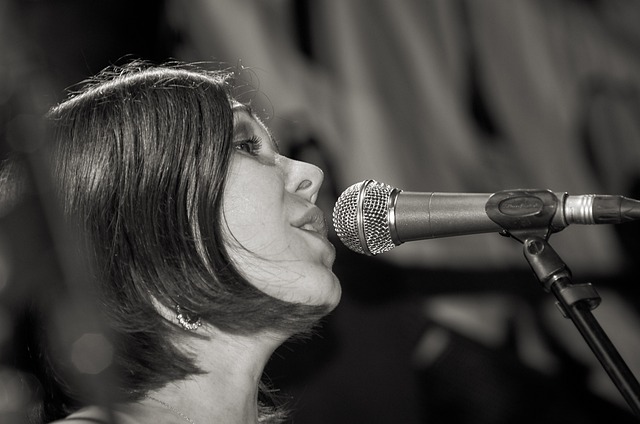Exploring Jazz: Unveiling the Diverse Musical Forms
Jazz is not just a genre; it’s an experience, a rich tapestry woven from the threads of emotion, history, and cultural influences. At its core, jazz musical forms embody a spirit of improvisation and creativity, allowing musicians to express themselves freely while also connecting with listeners on an intimate level. As we delve into the world of jazz, we uncover a dazzling array of styles, each with its own unique flavor and personality.
The Roots of Jazz
Jazz originated in the early 20th century, emerging from the vibrant cultural landscape of New Orleans. Influenced by African rhythms, blues, and ragtime, it quickly evolved into a genre that embraced spontaneity. This improvisational nature is what sets jazz apart, giving each performance a sense of freshness and unpredictability.
Diverse Musical Forms
The beauty of jazz lies in its diversity. Here are some notable jazz musical forms that showcase this variety:
- Traditional Jazz: Often characterized by ensemble playing, traditional jazz relies heavily on collective improvisation. Think of the iconic sounds of the New Orleans jazz bands, where trumpets, trombones, and clarinets come together in joyful harmony.
- Blues: A profound influence on jazz, the blues form provides a deep emotional foundation. Its 12-bar structure serves as a canvas for musicians to pour their sorrow, joy, and every feeling in between.
- Bebop: Emerging in the 1940s, bebop shifted the focus from danceability to artistic expression. Complex chord changes and fast tempos characterize this style, inviting musicians to showcase their technical prowess.
- Cool Jazz: A softer, more laid-back style, cool jazz is known for its smooth melodies and understated sophistication. Think of the lush soundscapes created by artists like Miles Davis and Chet Baker.
- Free Jazz: Breaking away from traditional harmonic structures, free jazz invites complete freedom of expression. It can be challenging yet exhilarating, leading listeners on a journey through complex soundscapes.
The Emotion Behind the Music
Each of these jazz musical forms resonates with listeners in different ways. The traditional jazz can bring about feelings of nostalgia and joy, while the blues may evoke deep personal reflections. Bebop’s intricate melodies can stimulate excitement and admiration, whereas cool jazz often provides a tranquil space to unwind. Free jazz may provoke thought and inspire creativity, making for a unique listening experience every time.
Jazz Today
In the modern music scene, jazz continues to evolve, incorporating elements from other genres such as hip-hop, electronic, and world music. Contemporary artists are pushing the boundaries of jazz musical forms, leading to innovative sounds that captivate new audiences while honoring tradition. Whether you’re a lifelong fan or a newcomer to the genre, there’s always something new to discover.
As you explore the enchanting world of jazz, take a moment to appreciate the diversity of its musical forms. Each note played, each rhythm struck, and each improvisation made is a testament to the artists’ ability to connect with their audience, showcasing the limitless possibilities of human expression through music.




